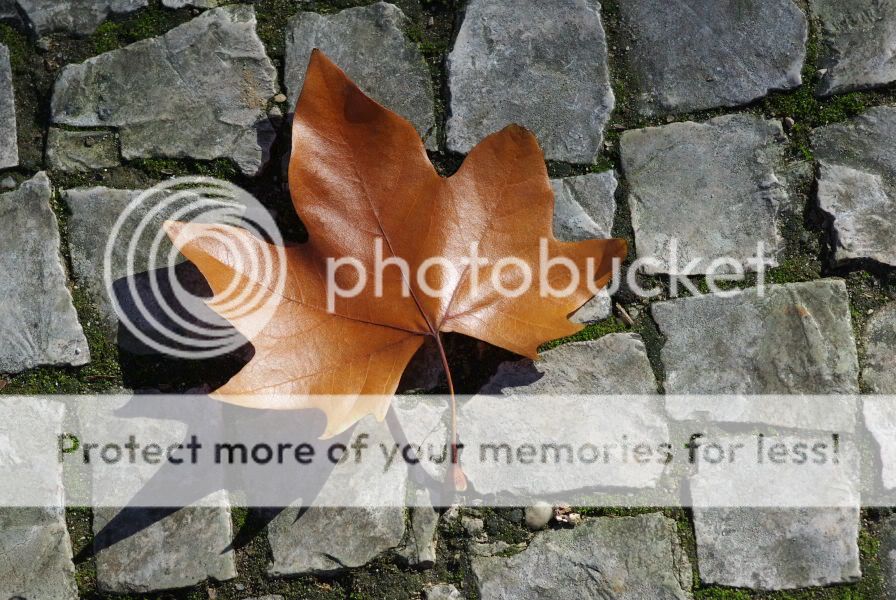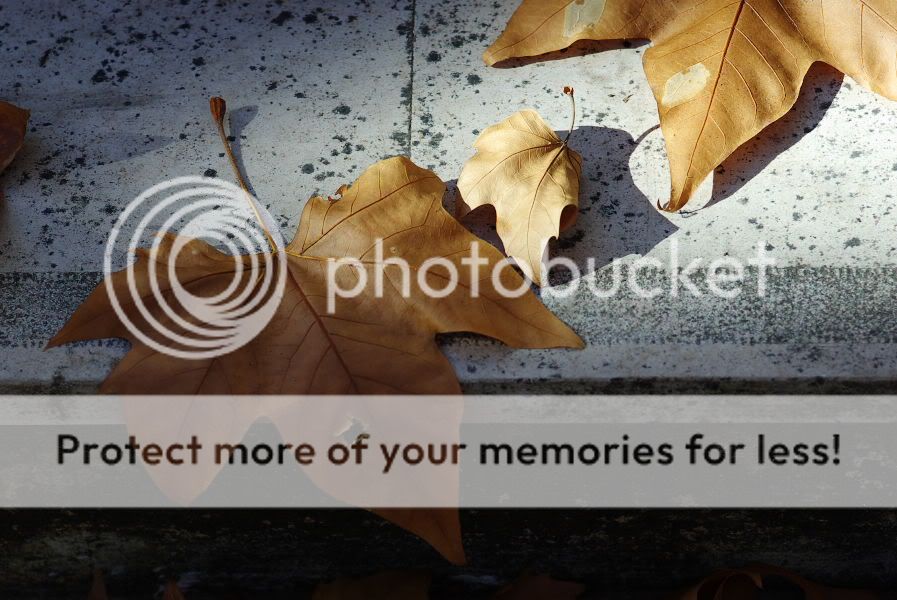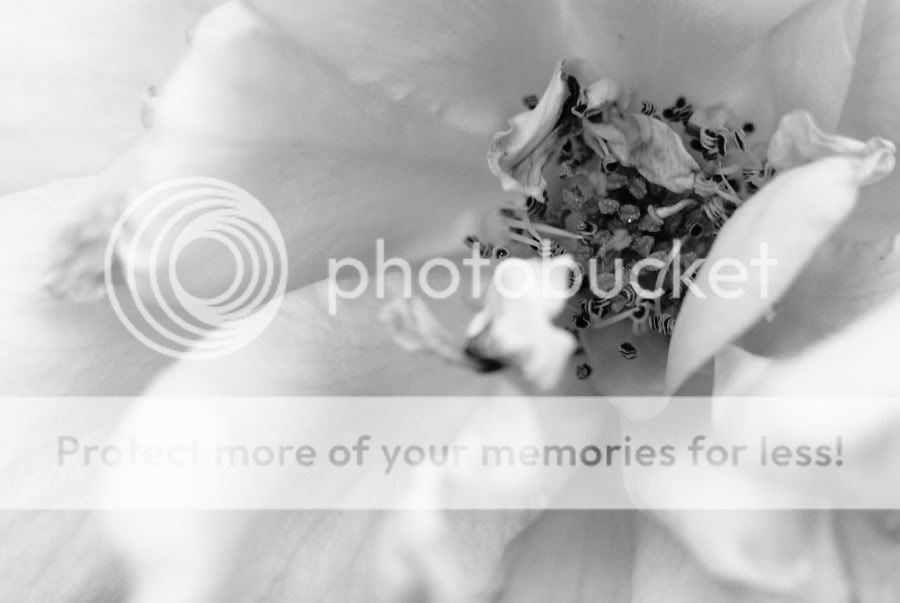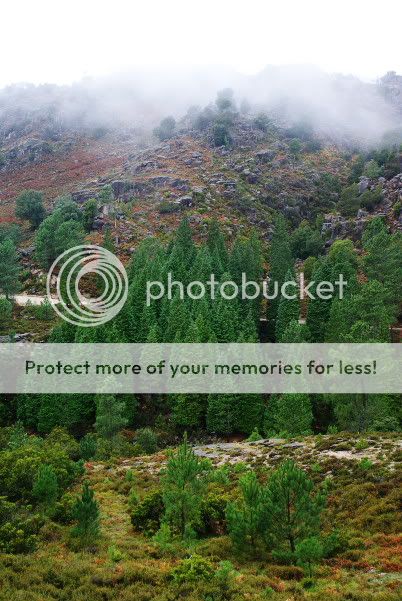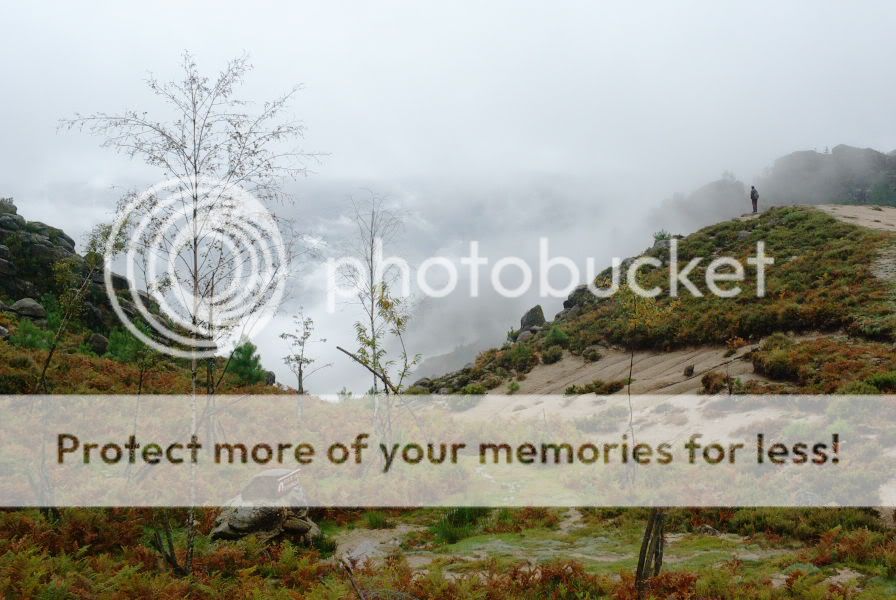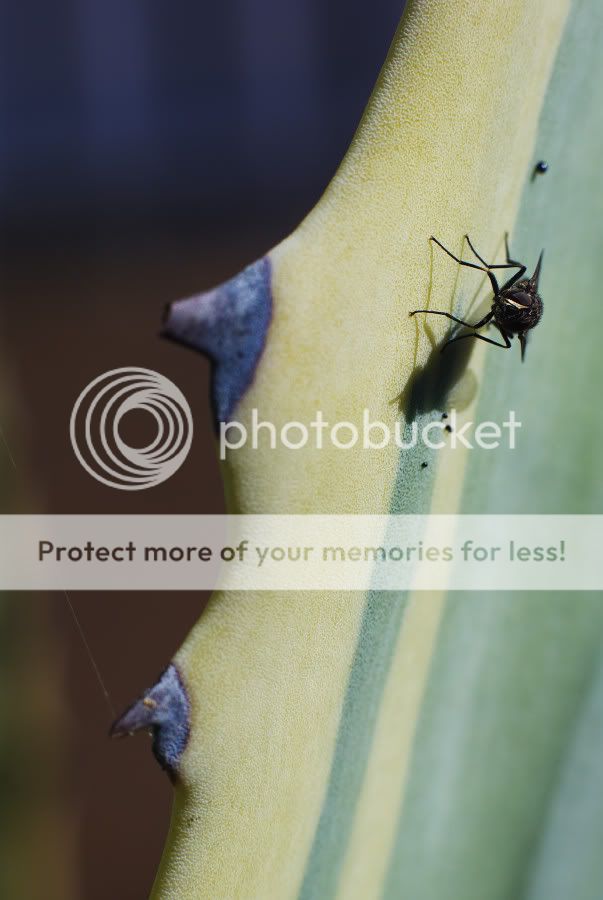Many Nikon and Sony users are questioning themselves whether they should switch to FF, since the D700 and the Alpha 900 seem to be excellent (yet expensive) cameras.
Many Pentax users are questioning themselves whether they should switch brand, since Pentax does not seem to be interested in introducing an FF camera in the nearest future...
Many Canon users are laughing heartily, since they've been using an advanced amateur FF camera since 2005 (the Canon 5D).
 This post most probably doesn't add much to the whole discussion, but I couldn't resist... The December issue of French magazine "Réponses Photo" has an interesting article titled "APS-C against 24x36". It lists "10 good reasons" in favor of each format and doesn't really take a side, so that the reader is free to make his/her own mind (or remain desperately undecided!). I'm presenting a loose translation of that list below.
This post most probably doesn't add much to the whole discussion, but I couldn't resist... The December issue of French magazine "Réponses Photo" has an interesting article titled "APS-C against 24x36". It lists "10 good reasons" in favor of each format and doesn't really take a side, so that the reader is free to make his/her own mind (or remain desperately undecided!). I'm presenting a loose translation of that list below.In favor of APS-C cameras:
1. Low price
2. Low weight and inconspicuous look
3. Promotional body+lens kits abound
4. Integrated flash
5. Gain in terms of focal length ( a 300 mm lens behaves as a 450 mm, keeping the maximum aperture)
6. Gain in terms of depth of field (about 1 stop gain for the same aperture)
7. Cameras as full-featured as the FFs
8. The photo uses only the "best portion" of the lens (common problems like lack of border sharpness or vignetting are minimized when using a cropped sensor)
9. The image quality has reached a very satisfying level
10. Before, there were the medium and large formats and, still, we bought "low resolution" 35 mm film cameras and were happy about it...
In favor of FF cameras:
1. A former film photographer will meet his old lens choosing habits
2. Thanks to larger pixels sizes, record high sensitivities are attained
3. Top quality view-finders
4. Beautiful out-of-focus renditions at full aperture
5. Wide angle views can be obtained with light and relatively inexpensive 24 mm lenses
6. Top quality construction
7. Higher weight allows for better hand-holding stability and balance
8. With resolutions above 20 MP one can zoom into portions of the image and keep enough resolution
9. A long term investment, as a FF camera should maintain a higher resale value
10. "Once you try it, you'll never go back"
None of the previous arguments is new, but it is interesting to find them rounded up for both sides. I pretty much agree with most of the list for the APS-C cameras. However, the thing about the focal length advantage (item 5 in the first list) is outdated, since an image from a 20+ MP FF sensor can be cropped and zoomed in to obtain a 10 MP image, equivalent to the apparently longer focal from an APS-C (see item 8 in the second list). The only problem with this might be the "guilty conscience" of the photographer...
On the other hand, some items in the second list seem a bit far fetched. The higher build quality in FFs is a consequence of the price level and market segment associated to these cameras (advanced amateur and professional). If a FF camera could be made for a significantly lower cost, then we would see a whole range of quality levels in the market. By the way: Pentax DSLRs, namely the K10D/K20D, are examples of very good construction and very reasonable price.
The major argument in favor of FF cameras is the high sensitivity attainable with these larger sensors. An usable photo taken with 6400 ISO is something one wouldn't even dream of a few years ago. Some might ask: "But do you actually take that many photos in such low light conditions?" Well, I probably would if I could! But, as it is mentioned in a final portion of the article, humorously titled "Are we schizophrenic?", the FFs will remain quite expensive for a probably long time. They will increase in resolution but not decrease in price. That will demand lenses with a matching high resolution, which are also high priced.
Cropped sensors are an economic and versatile format that yields good quality images. Would I make better photos if I had a full frame camera? I'm afraid there are still other (more important?) things to be improved in my photo technique. But that's just me.

